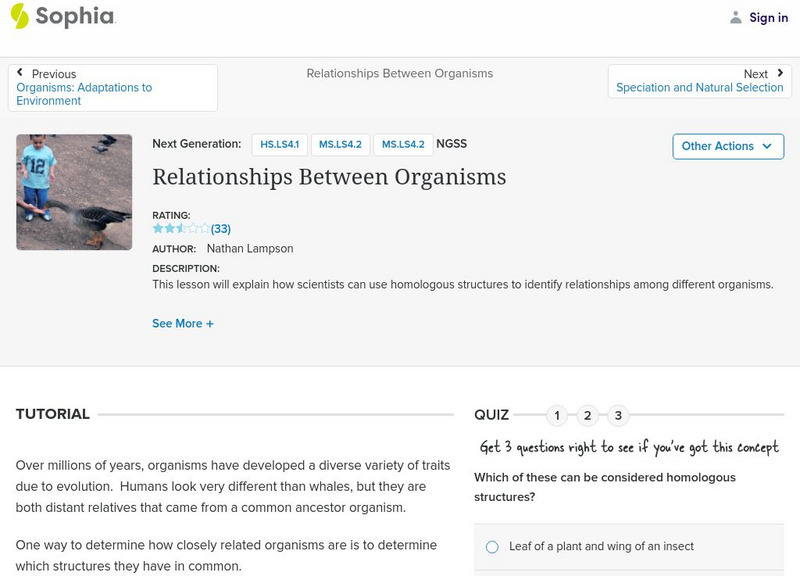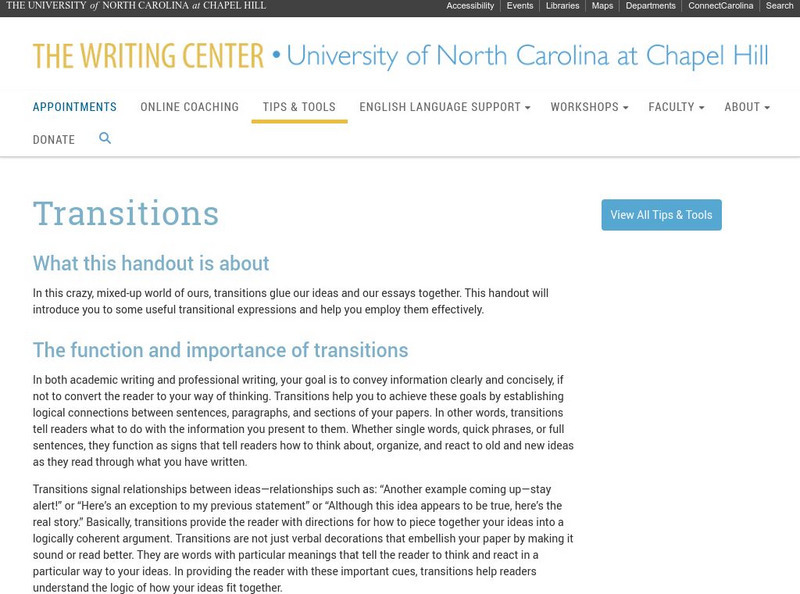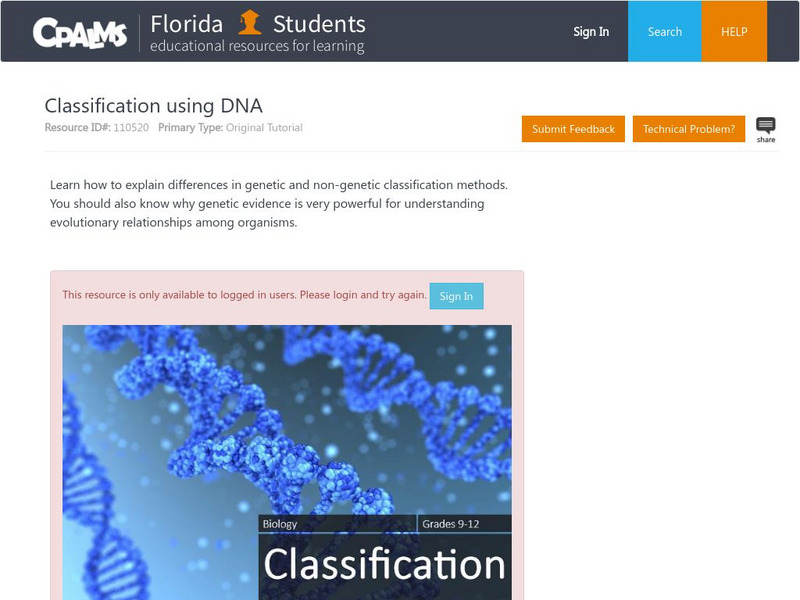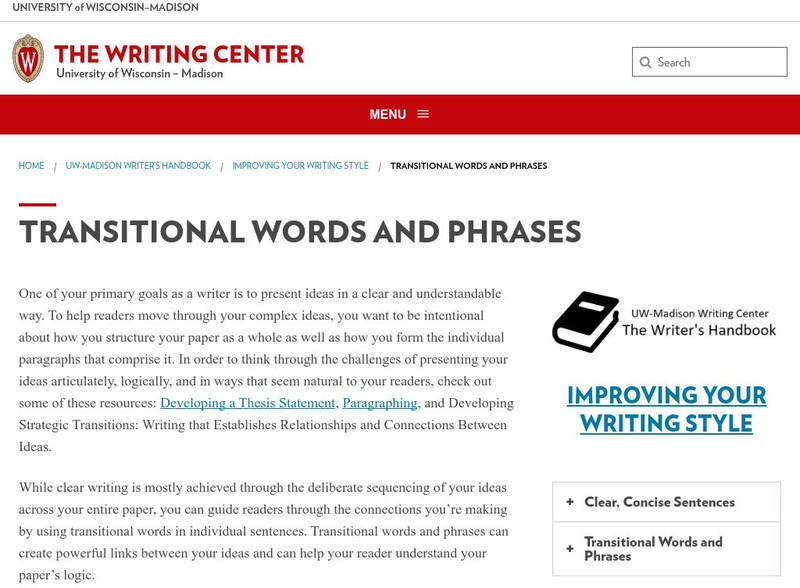American Psychological Association
Developing Adolescents
Why to young people act the way they do? Scholars investigate the stages of adolescent development incorporating high school psychology techniques. Using research from the American Psychological Association, they uncover the five areas...
Science Education Resource Center at Carleton College
Serc: Investigating Ecosystems:determining Feeding Relationships Among Organisms
In this lab, students will complete a field study about feeding relationships between organisms and present their findings in a food web as well as in a written narrative.
Other
Pde Sas: Relationships Among Organisms
In this lesson, students compare various types of relationships among organisms (i.e., biotic interactions). Students will: explain the roles of producers and consumers, and predators and prey in an ecosystem. Explain the levels of order...
Biology 4 kids
Biology4 Kids: Relationships Between Organisms
Species interact every day. That interaction is a vital part of how organisms develop and change over time. When you study species, it is important to watch the way they interact with their surroundings. There are four basic types of...
American Museum of Natural History
American Museum of Natural History: O Logy: Dive Into Worlds Within the Sea
Learn about three different marine ecosystems: coral reefs, the continental shelf, and the deep sea. Interactive game included, which will help players chart the interrelationships among organisms that live in each ecosystem.
Sophia Learning
Sophia: Relationships Between Organisms
This lesson will explain how scientists can use homologous structures to identify relationships among different organisms.
Annenberg Foundation
Annenberg Learner: The Habitable Planet: Ecology Lab
Create the parameters of your own ecosystem by choosing which producers and consumers live there. Visualize how the food web operates and species populations change. This simulator mimics the food web within a typical ecosystem and gives...
University of North Carolina
University of North Carolina: Writing Transitions
This University of North Carolina writing tutorial gives examples and how to use transitions and stresses the importance of organization. W.9-10.1c cohesion/clarity/reason, W.9-10.2c cohesion/clarity/trans, W.11-12.1c...
CPALMS
Florida State University Cpalms: Florida Students: Classification Using Dna
Identify the differences in genetic and non-genetic classification methods. Why is genetic evidence powerful for understanding evolutionary relationships among organisms? Find out!
Other
Asia Society
Interesting organization that was founded to promote relationships and understanding among the people and leaders of Asia and the United States. site will provide various articles on recent developments in Asia such as "Understanding the...
Sophia Learning
Sophia: Living Organisms and Their Environment: Lesson 2
This lesson will discuss the interactions of and interdependence among living things. It is 2 of 4 in the series titled "Living Organisms and Their Environment."
Sophia Learning
Sophia: Living Organisms and Their Environment: Lesson 3
This lesson will discuss the interactions of and interdependence among living things. It is 3 of 4 in the series titled "Living Organisms and Their Environment."
University of Wisconsin
University of Wisconsin: Using Transitions: Transitional Words and Phrases
Tables of words that show different types of sentence transitions. W.9-10.1c cohesion/clarity/reason, W.9-10.2c cohesion/clarity/transitions. CCSS.ELA-Literacy.CCRA.W.4, W.11-12.1c Transitions/Cohesion, W.11-12.2c Transition/Cohesion....












